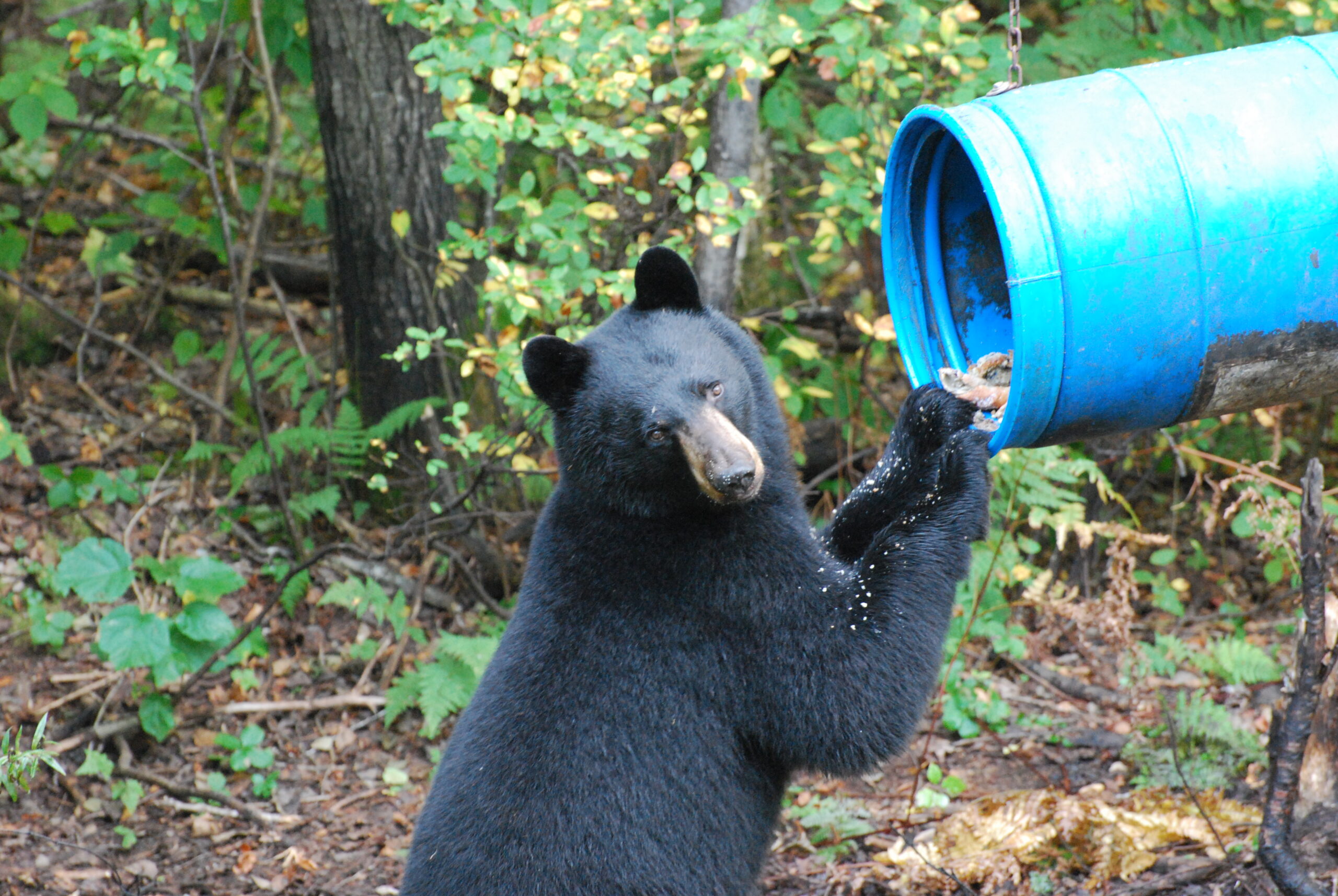
I’ve never been a big fan of New Year’s resolutions. All that background noise throughout January and February is the sound of many of these promises breaking and crumbling. People swear to stop doing various things that are detrimental or vow to begin doing other practices that are beneficial, both include sacrifice and most are short lived.
I choose a different route; I set goals, and not even every New Year. Goals are things that make our lives easier, happier, safer or more fulfilling in some way, For example, last New Year my objective was to shoot more, and earlier this month when the midnight ball dropped for 2023, I doubled down on that. Having been an outdoor columnist for over 40 years, avid angler and ardent hunter as well as target and skeet shooter, most folks might not see shooting more as much of a challenge.
Perhaps when I tell you my use of ammunition remained about the same and the wild game meat in my freezer didn’t increase, you’ll sense a catch. When I explain about hunting more and experiencing more challenging hurdles to get the perfect shot, often failing, a clue might occur. Finally, when I state the elevated challenge gave even more excitement and satisfaction when my chosen weapon went “click,” rather than “bang,” and I had the animal without a drop of blood, my goal will become evident.

I was actually bass fishing hoping for fish photos when I spotted this nesting loon in in a marshy cove and got this great closeup. (Courtesy of Bill Graves)
Getting the perfect photograph of a wild bird or game animal with a camera is often far more difficult than shooting with a gun or bow. Even with a good telephoto lens you need to be closer, with no extraneous objects blocking the view, and light conditions are crucial to yield perfect context and color. If you snap 100 frames, perhaps one will be of quality to print and enlarge.
Most outdoor writers do their own photography to accompany stories, what editors call “grip and grin” shots of successful fishermen or hunters with their quarry. They’re pleasing but far from breathtaking and lacking any sense of beauty and awe. In most cases, small point-and-shoot pocket cameras are the norm since sportsmen don’t want the extra burden of large, heavy, professional-grade cameras. In the last decade it’s become a cellphone world. No one leaves home without one, and the in-unit cameras offer higher quality and more features than many top-rate point-and-shoot film or digital cameras.
Like most products, especially outdoor equipment, from rods to guns, reels to binoculars, boats to ATVs or snowmobiles large or small, you get what you pay for. Quality costs, but rewards are great in the long run with durability, dependability and modern, user-friendly technology. From personal experience and advice from true professional photographers, Nikon, Canon and Sony top the list of digital SLRs (single lens reflex) camera bodies as well as most desirable interchangeable telephoto and zoom lens manufacturers.

Sometimes it isn’t just the big animals that will pose in all their beauty. Not all insects are ugly. (Courtesy of Bill Graves)
Another important attraction of wildlife photography is the opportunity to shoot seven days a week, 365 days a year. There are no season or Sunday restrictions and the hunt isn’t over with the first shot or even the 20th. Often it takes a good deal of scouting and plenty of sit and wait time to frame a good wildlife opportunity, and rapid, multi-shot cameras with image stabilization and fast-aperture, light-gathering lenses are a blessing.
Weather, low light conditions, snow cover, and random foliage are just a few of Maine’s environmental conditions affecting most outdoor shots of birds, wildfowl, fish and small and large game animals. Getting a clear, crisp image of a fast moving subject, even with the best camera and lens may take dozens and dozens of shots to yield one outstanding photo. It really is the same thrill as bagging a big buck, a trophy trout or a limit of woodcock, but you can go out and try to do it again the next day with your camera.

If you don’t carry a camera every time you venture into the outdoors, you might miss some interesting animals. This guy was as interested in me as I was in him. (Courtesy of Bill Graves)
Perhaps you’re a hiker, kayaker or camper, travel via snowshoe, cross-country skis or snowmobile, or just enjoy driving around Aroostook’s fields and forests. Take a camera, because just like hunting, you miss 100 percent of the shots you don’t take.
By itself or in conjunction with another outdoor activity, wildlife photography is a challenge and often a rewarding endeavor. The framed trophies can go on the wall for all viewers to enjoy for years and are a lot less expensive than taxidermy.
Try the other style of outdoor shooting; it just might become a passion.





